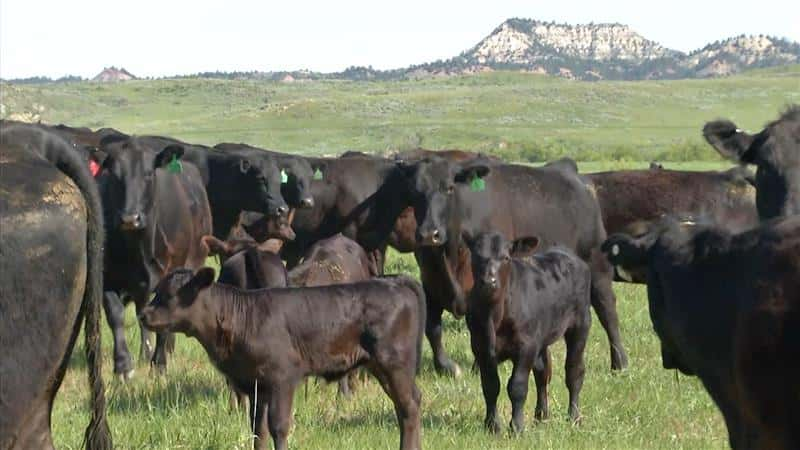The USDA’s July 1 Cattle on Feed Report showed the lowest number of U.S. beef cattle in a decade.
The July 1 beef cow inventory was 29.4 million head, down 2.6 percent year over year. This is the fifth year of smaller beef cow inventories since the 2018 cyclical peak, with the beef cow herd down 3.0 million head, a five-year decrease of 9.3 percent. The smaller beef cow herd is part of a general decrease in all cattle numbers in the U.S.
The total inventory of heifers was down 3.8 percent from last year with decreases of 2.4 and 2.7 percent for beef and dairy replacement heifers, along with a 5.2 percent decline in the inventory of other heifers. The inventory of steers over 500 pounds was down 3.5 percent year over year and the inventory of calves under 500 pounds was down 2.6 percent from one year ago.
Total cattle in feedlots on July 1 was 13.1 million head, down 2.2 percent year over year. The calculated supply of feeder cattle (other heifers + steers + calves – cattle on feed) based on this report is 34.4 million head, 3.6 percent smaller than last year. The report pegged the 2023 calf crop at 33.8 million head, down 1.9 percent year over year.
Not only did the report show continued cattle liquidation thus far in 2023, but Oklahoma State Extension Livestock Economist Derrell Peel said there are no clear indications that number will stabilize and grow anytime soon.
“The current inventory of beef replacement heifers is 4.05 million head, lower than the previous cyclical low of 4.2 million head in 2011 and 2012 and is the lowest in 50 years of available July 1 inventory data,” Peel said. There is certainly no indication of heifer retention in this replacement heifer inventory. Moreover, the inventory of heifers in feedlots from the July Cattle on Feed report was unchanged from last year, which indicates that relatively large numbers of heifers continue to be fed for slaughter rather than retained for breeding. Heifers currently represent 39.9 percent of total feedlot inventories, the highest proportion of heifers in feedlots since 2001.”
Peel added, “The sharp increase in feeder cattle prices this year represents a growing market incentive for the beef cattle industry to transition from liquidation to herd expansion, but it does not appear that the industry is responding yet. Feeder cattle prices will continue to increase to jump-start heifer retention, which will lead to even higher prices as feeder supplies are further squeezed with fewer heifers in the feeder cattle supply.”
Scott Brown, Associate Professor of Agricultural Economics with the University of Missouri, says this is the smallest beef herd in quite some time.
“We fell below the lower level that we saw back in 2014,” Brown said. “Some of the lowest we’ve seen in terms of a July 1 estimate. USDA hasn’t given us July 1 inventory as far back as January 1, but it’s the lowest that we’ve probably seen since the 1960s.”
Leading up to the report there was a lot of debate about whether the cattle industry was starting to enter an expansion phase. Several states are seeing improved pasture conditions compared to the last few years and calf prices are encouraging producers to expand. However, many areas remain dry and elevated feed costs may discourage some ranchers from retaining heifers.
While the smaller numbers have meant high prices, that doesn’t necessarily mean higher profitability for producers.
“So we’re talking about in some cases record cattle prices today, but we’re not talking about record profitability. The cost side of the equation has been high, and I think that kept a lot of folks at bay from expanding the cow herd. The rest of the data we have from USDA also points to nothing that to me would suggest any kind of expansion,” Brown said.
With the Cattle on Feed report showing an increase of placements of cattle in feedyards in June, analysts expected the report to be viewed as bearish by traders in the futures market. On Monday feeder cattle futures lost over $2.00 and live cattle down $1.00, but that was largely in response to a 30-cent increase in corn futures.
###


